Number and number processes
What is place value?
Find out how to use place value to change numbers.
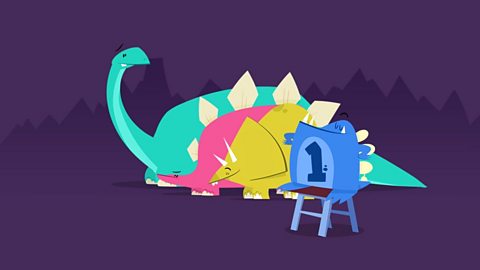
What are decimals?
Find out how to write decimals using tenths and hundredths.

What are negative numbers?
Find out how to count backwards from zero and order negative numbers.

What are factors?
Take a look at how to work out the factors of a number.

What are prime numbers?
Find out what a prime number is and put your knowledge to the test.
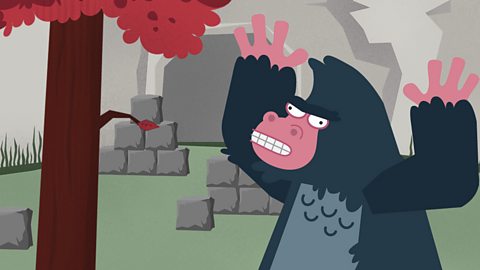
What are square and cube numbers?
Take a look at some square and cube numbers and learn the pattern that they follow.

What is column addition?
Number columns allow you to quickly add up numbers, this is also known as 'vertical calculations'.
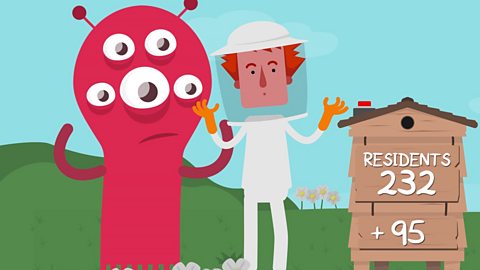
How to use column subtraction
Number columns allow you to take large numbers and subtract one from another, this is also known as 'vertical calculations'.

How to add and subtract in your head
Take a look at how to use mental methods for addition and subtraction.
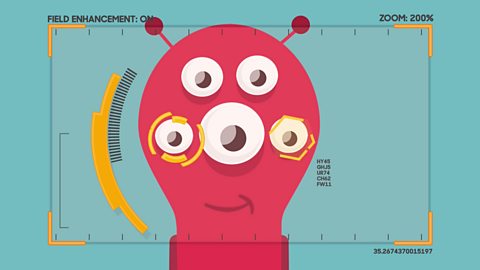
How to multiply and divide by 0, 1, 10 and 100
Using place value columns is a great way to multiply and divide. Give it a try.

How to multiply in your head
Take a look at how to use mental methods for multiplication.
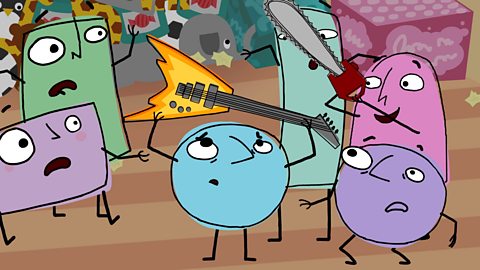
How to work out division with remainders
How do you work out division problems that have remainders?

Using written methods for short division
Take a look at how to use mental methods for multiplication.

How to solve maths problems
Find out how you can use maths to solve your problems.
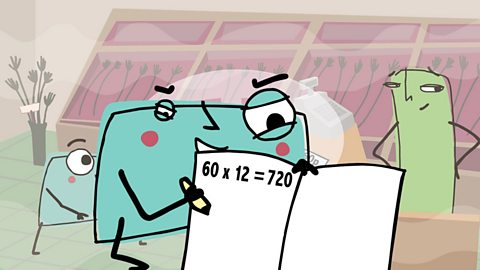
What is the order of operations?
Find out how the order of operations shows you which bit of a calculation to do first.

What is a number sequence?
Discover how numbers can be connected in a pattern and see if you can solve the puzzle.
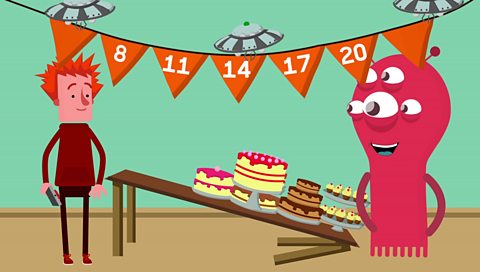
How to partition a number
Find out how partitioning a number can help you solve tricky maths problems.

How can counting on help me add two digit numbers?
How can counting on in tens and units help you add numbers?
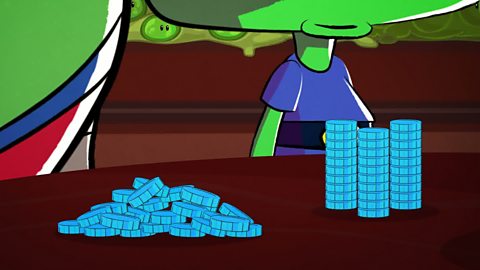
How can partitioning help me add two digit numbers?
Make adding two-digit numbers easier with this simple method.

How to round numbers
Discover how to round a number to the nearest ten or hundred and why this can be helpful.

How to round decimal numbers
Rounding numbers can be a useful way to estimate a total. Find out how to round decimals to different significant figures.

How to use estimation to check your answers
Find out about different ways to estimate and check your work.
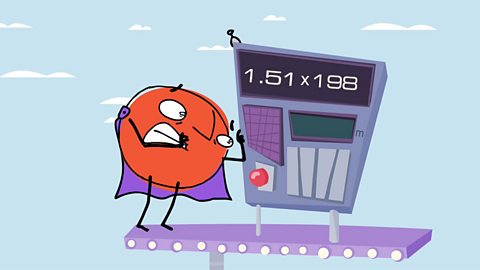
What is an equation?
Take a look at how equations can be used to solve maths problems.
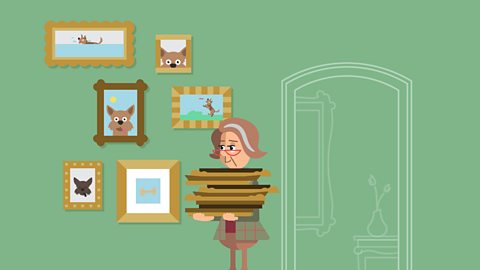
How to solve missing number problems
Take a look at a missing number problem and see how they are solved.
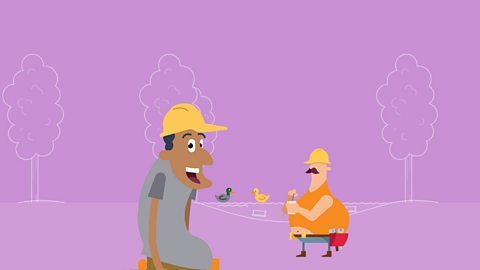
- 15 videos

Fractions and decimals
What is a fraction?
Learn about basic fractions such as a half, third and quarter.
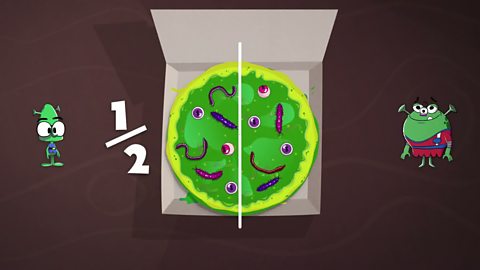
How to write fractions
Written fractions are made up of two parts, the numerator and the denominator. Find out more.
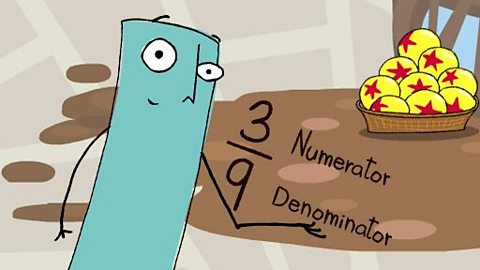
How do I compare different fractions?
Learn how to compare and combine different fractions.

How do I compare fractions, decimals and percentages?
Learn how you can describe one amount in three different ways.
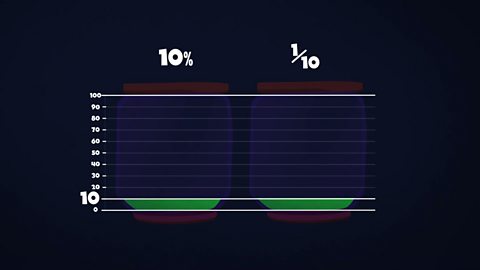
How to add and subtract fractions
Have a go at adding and subtracting fractions with matching and different denominators.
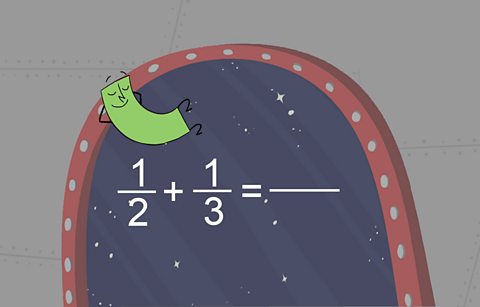
How to multiply fractions
Join the gang at the fairground to find out how to multiply fractions and calculate proportion.

What are unit and mixed fractions?
Find out the difference between unit, non-unit and mixed fractions.
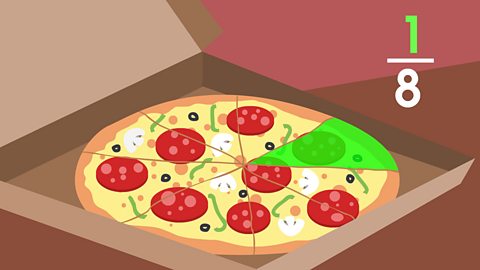
How to simplify fractions
Find out how you can simplify fractions by dividing the numerator and denominator by the same number.

Maths of the Day: Football Fractions
Gary Lineker from Match of the Day challenges you to answer three questions about fractions.
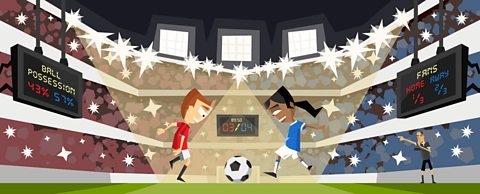
What is a percentage?
What does percentage mean? How can part of something be shown as a percentage?

How to calculate percentage
Find out a simple way to work out the percentage of a number.
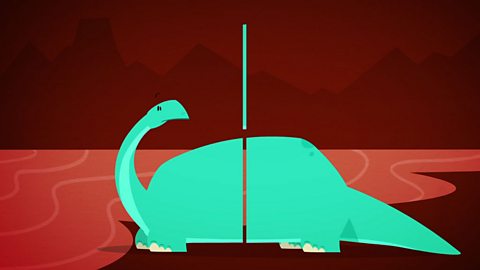
Maths of the Day: Pitch Percentages
Gary Lineker from Match of the Day challenges you to answer four questions about percentages.

What is a ratio?
Discover how you can use ratio to show the relation between two values.

How to convert between ratios, fractions and percentages
Find out about the relationship between fractions, percentages and ratio.
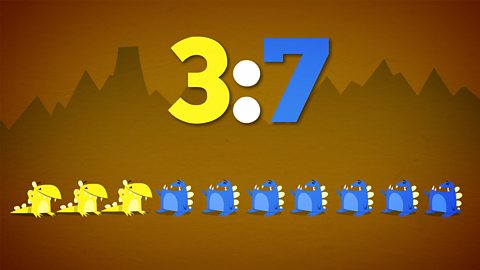
Maths of the Day: Roaring Ratios
Gary Lineker from Match of the Day challenges you to answer two questions about ratios.

How to calculate ratio in everyday situations. Video
Gary Lineker uses football-related examples to demonstrate how to work out ratios.
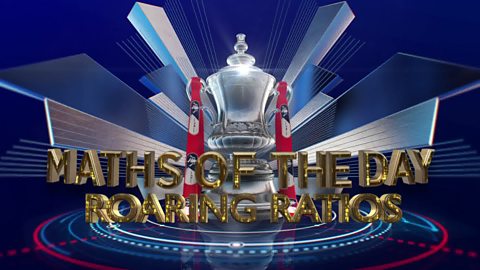
Money
What is currency?
What is currency and how does it change from country to country?
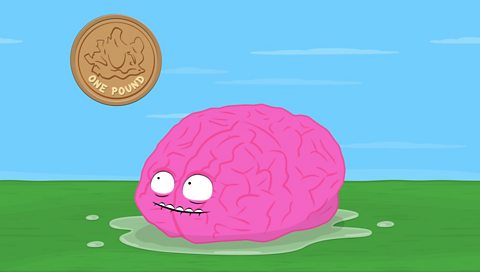
What is financial decision making?
Planning on how much you can do with your money and how much you can save is called a budget. Discover more about financial decision making.

How can I use adding and subtracting to work out change?
Find out how to calculate what you've spent at the shops.
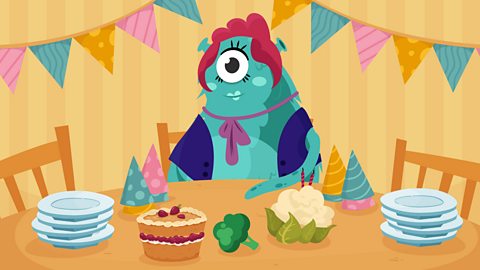
How can different coins and notes make the same total?
Learn how to buy something with different note and coin combinations.
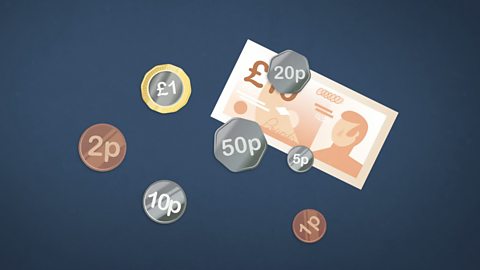
- 6 videos
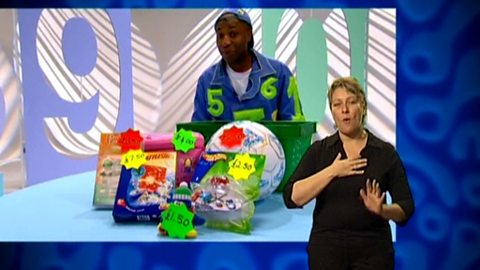
Time
What is analogue and digital time?
Discover the difference between analogue and digital and how you can convert between them.

Measurement
What are imperial measurements?
Before we started using metric measurements, we used imperial measurements with feet, pounds and stones.

What are metric measurements?
Discover the different uses of metric measures from tiny mm to massive km.

How can I work out the length of an object?
Learn about measuring the length of things.
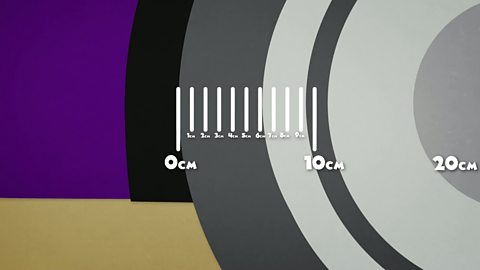
How can I work out the area of a shape?
Learn how to measure the area of a square or rectangle.
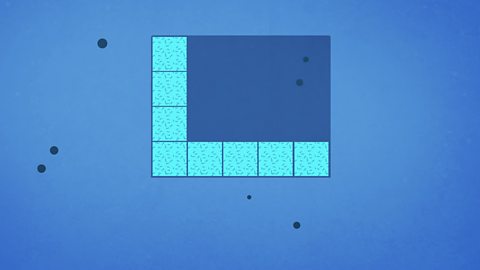
How do you work out the area of triangles?
Discover how to work out the area of a triangle, by working out the area of a rectangle and then dividing it by two.

What is volume?
Find out how the volume of a 3D shape can be calculated by counting cubes.
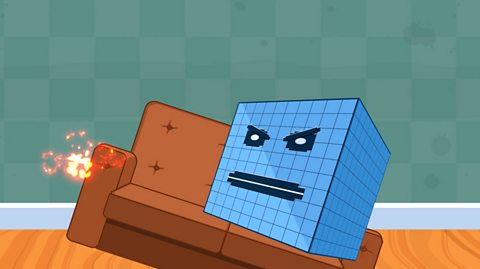
How do you calculate volume using an equation?
Take a look at the equation you can use to calculate volume.

- 10 videos
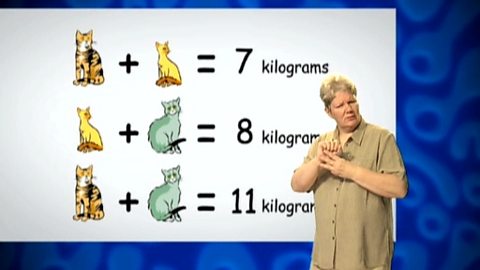
Shape, position and movement
How to identify different polygons
Find out about different regular and irregular polygons.

What are the types of triangle?
Find out about scalene, equilateral, isosceles and right-angled triangles.
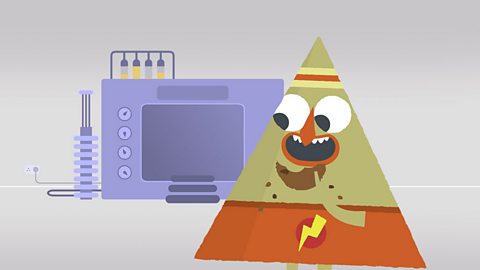
What are the parts of a circle?
Discover the features of a circle and how to measure the radius, circumference and diameter.

What is the perimeter?
Discover how to work out the area of a 2D shape, by adding the length of its sides together.
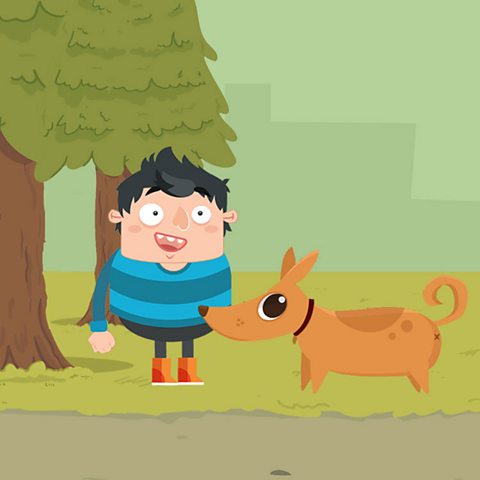
What are nets?
Find out what a net is and how to identify a shape from its net.
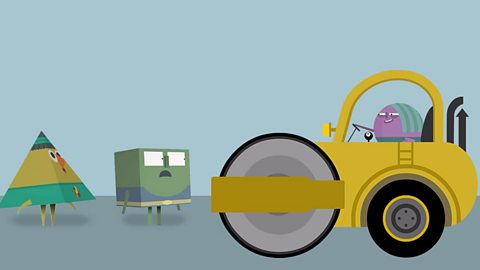
What makes a shape symmetrical?
Find out more about symmetrical 2D shapes.
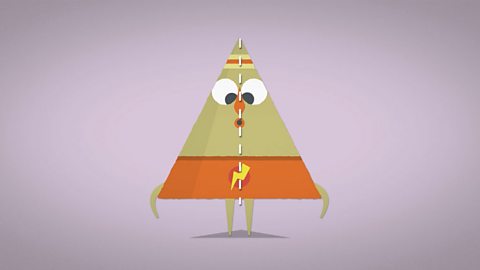
What is an angle?
Discover the different types of angles and how to make sure you get the biggest slice of pizza.
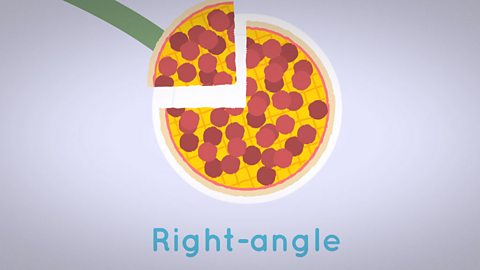
What are parallel and perpendicular lines?
Discover the difference between parallel and perpendicular lines.
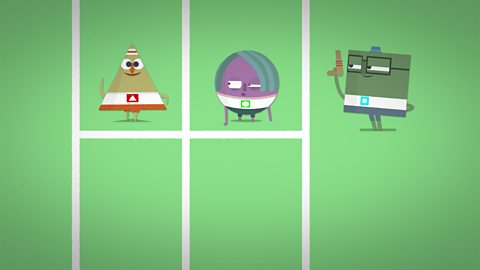
How can you transform a shape?
Find out about the different ways a shape can be transformed, including translation, rotation and reflection.

How do I use grid references on a map?
Learn how grid references work, with 91热爆 Bitesize.
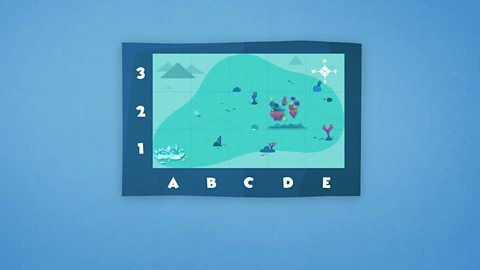
What are coordinates?
Find out how to use a map by reading coordinates on an x and y axis.

Information and data
How do I record and display data?
Learn about different ways to collect information, including tally tables, bar charts and pie charts.
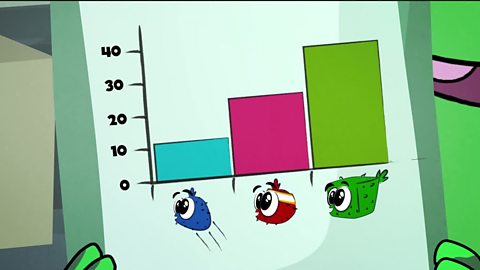
How can data be displayed?
Take a look at some other ways to visualise data.

How to find the mean, median, mode and range
Mode, median and mean are three types of average. The range is the difference between the biggest and the smallest number. Find out more.

What is probability?
Find out how likely something is to happen and how this can be expressed as fractions, decimals or percentages.

How old is maths?
A look at the history of maths, from how prehistoric people counted to modern technology.

- 2 videos
